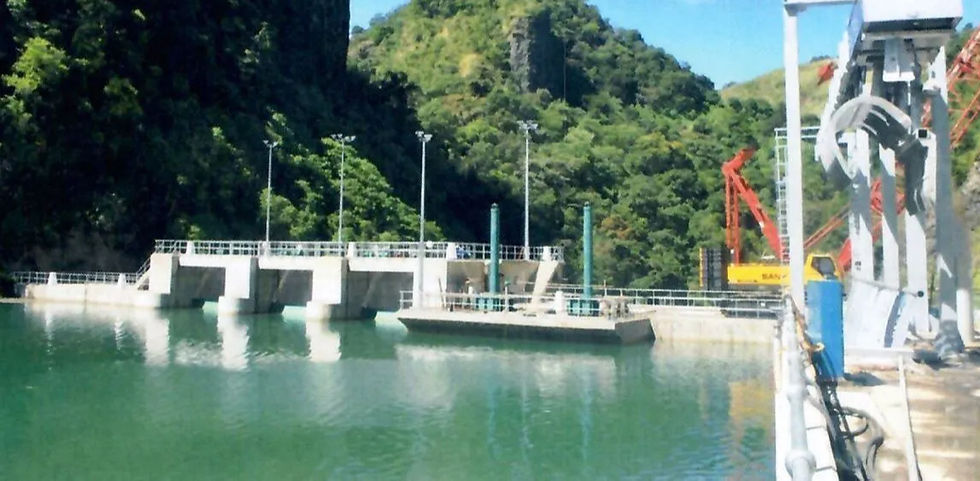Pacific utilities advised to set strategic planning to gain savings from renewable energy investments
- Admin

- Oct 1, 2024
- 3 min read
Updated: Oct 2, 2024

By Pacific Island Times News Staff
Renewable energy can bring cost savings for Pacific utilities, but achieving these benefits requires strategic planning, careful integration of storage systems and appropriate regulatory frameworks, according to a business and energy specialist at the Asian Development Bank.
Laure Darcy, a public-private partnership expert at ADB’s Pacific Private Sector Development Initiative, issued the advisory in response to policymakers' key concerns over the impact of investments in renewable energy and the disappointing end prices for consumers.
Read related story
“In smaller Pacific markets, competition has been introduced—including for the operation of service concessions in Vanuatu and in the competitive tendering of renewable energy IPP contracts in Palau, Samoa and Tonga,” said Darcy.
“This has allowed the private sector to bring innovation and ensure that public utilities achieve value for money in their renewable energy investments,” she added.

Darcy spoke today at the Pacific Power Association’s 31st Annual Conference in Nuku’alofa, Tonga, where presented the PSDI’s recent policy brief, Powering the Pacific: The Cost Implications of Renewable Energy.
The policy paper examined the impact of the fuel-to-renewable transition and the connection between
investments and associated electricity costs in Fiji, Palau, Papua New Guinea, Samoa, the Solomon Islands and Tonga.
"Fuel costs represented $0.02–$0.21 per kWh generated in the six utilities surveyed, so the cost savings generated by renewables will be greater for those with the highest fuel costs," states the paper.
However, the study found several factors that “mute the impact” of cost savings on the customers’ power bills.

In her presentation, Darcy emphasized that electricity generation costs include more than fuel and consumer tariffs also factor in costs associated with transmission, distribution, administration and regulatory compliance.
Prices are further influenced by subsidy arrangements and political directives, making the link between fuel costs and tariffs quite complex—and different in each country.
“As Pacific countries look to achieve their ambitious renewable energy targets, diesel fuel consumption will decrease, which will ultimately mean cost savings for utilities,” the PSDI said in a press release.
The policy brief found that Energy Fiji Ltd., Samoa’s Electrical Power Corp. and Papua New Guinea Power Ltd., the utilities with the highest mix of renewable energy generation. had the lowest fuel costs per kilowatt hour generated.
“All other factors being equal, if the fuel savings exceed the capital expenditure costs of the replacement renewable energy systems—including storage—then the total cost of electricity service delivery should decrease,” Darcy said.
Darcy also noted that while utilities in Tonga and Papua New Guinea are already seeing cost savings from new solar and hydro projects, large-scale renewable adoption will require integration with existing grids, particularly battery storage systems, which add significant costs.
While storage costs are beginning to decrease, careful planning is still essential, she said.

“These batteries are required to smooth the intermittent nature of solar, wind, and some hydro and can also be used to power the grid for periods of time,” Darcy said. “Battery costs have historically added 100 percent or more to the total cost of renewable energy installations globally but have started to decrease. This trend is expected to accelerate.”
The presentation also emphasized the need for robust regulatory frameworks that support the utilities’ commercial viability.
Darcy advised utilities to operate efficiently, free from political interference, and for more competitive tendering processes to drive down costs.
Darcy concluded the presentation by discussing solar rooftop programs as a potential avenue for increasing renewable energy generation—particularly where land is unavailable.
Subscribe to
our digital
monthly edition








Comments